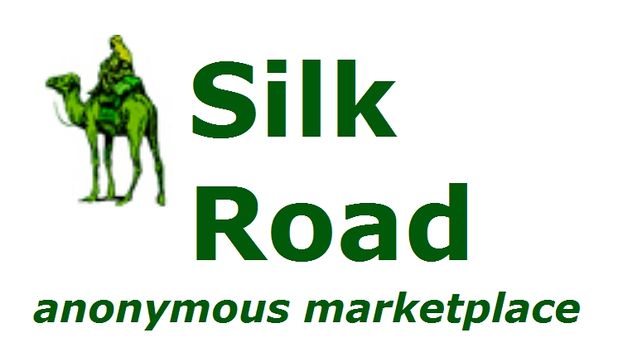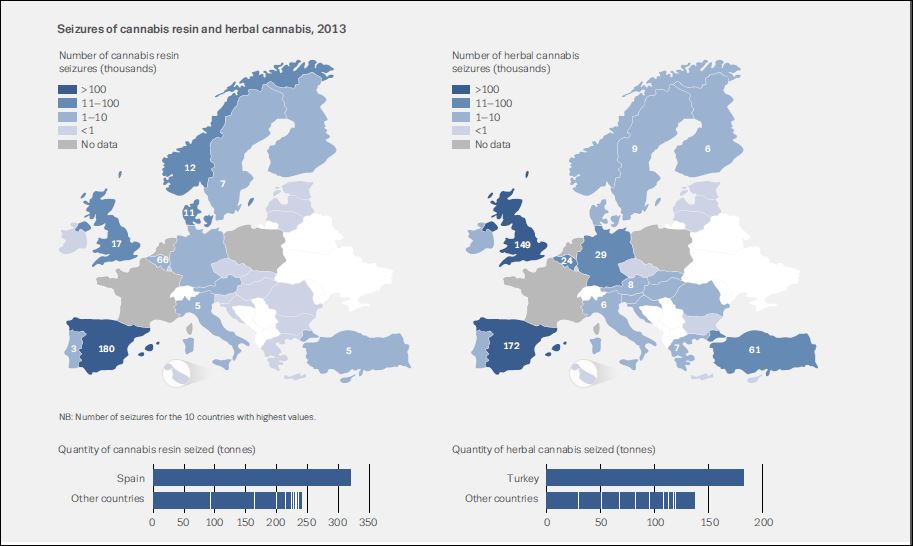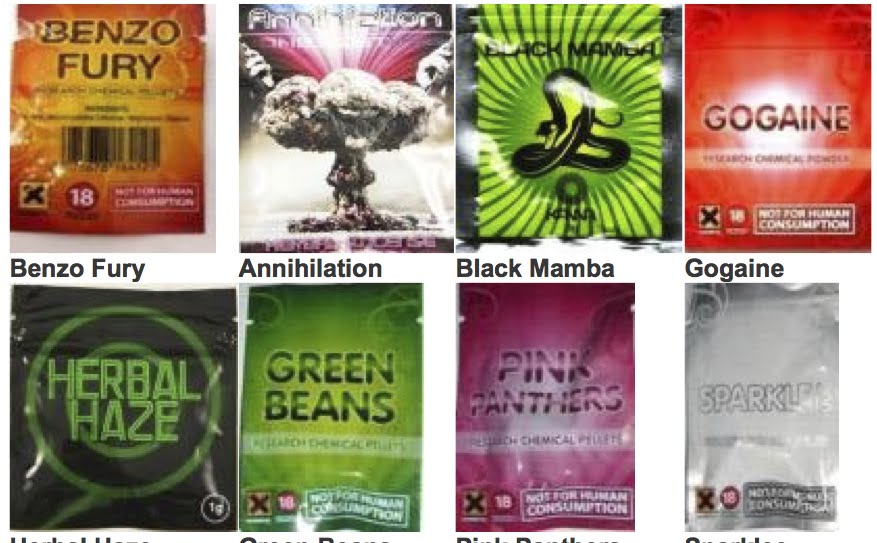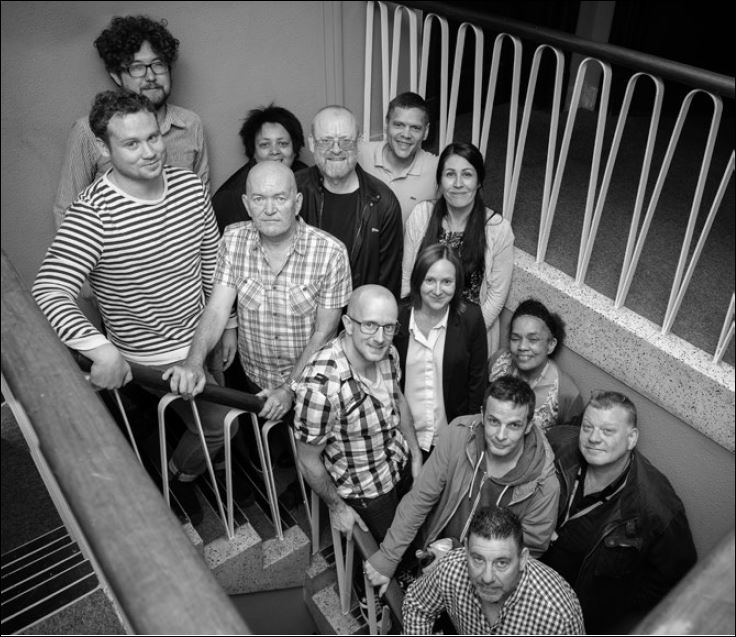
UK has highest rates of drug use in Europe
The UK had the highest rate of heroin use in Europe (out of 21 reporting countries). The UK had the highest rate of cocaine use in Europe (out of 26 reporting countries). The UK had the highest rate of ecstasy use in Europe (out of 25 reporting countries). The UK had the 22nd highest rate of amphetamine use (out of 25 reporting countries). The UK had the 22nd highest rate of cannabis use (out of 27 reporting countries)










